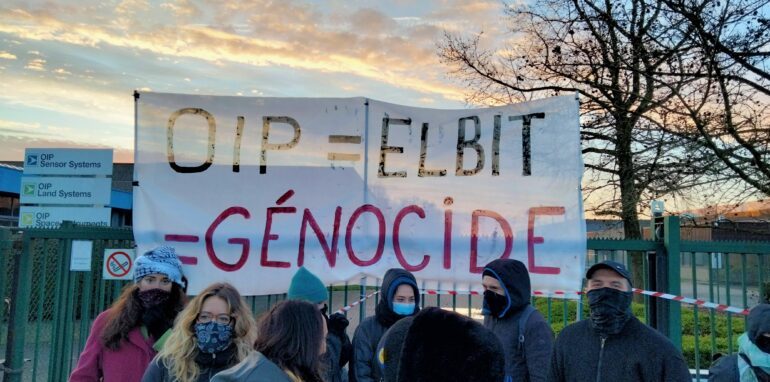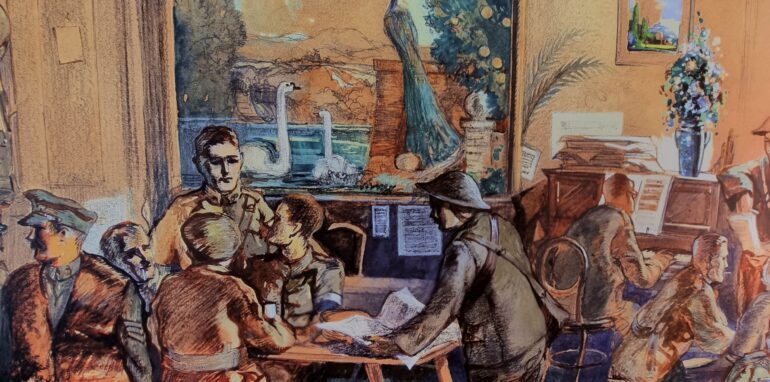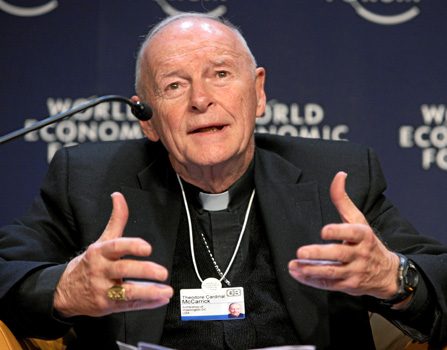‘To really appreciate architecture, you may even need to commit a murder.’ – Bernard Tschumi expressed in one of his ‘Advertisements for Architecture’ – a series of postcards based on the thought that architecture is quite frequently experienced through imagery and verbal format rather than in real world and built environments. Without any doubt, all realised architecture is perceived by individuals in every day life, although majority of individuals do not actually care of the spiritual meanings that architectural spaces reveal as they are satisfied by the functional aspects of them – that is the true reality of human needs. In contrary, that is why architect, avant-gardist, deconstructivist, theorist Bernard Tschumi was mostly criticised – sacrificing human needs for intellectual purposes. According to him: ‘Architecture is defined by the actions it witnesses as much as by enclosure of its walls. Murder in the street differs from the murder in Cathedral…’ suggesting the interrelation between space, event and movement. His oeuvre is filled with graphical manifestations concerning the space, questioning and triggering beyond the limitations of the image rather than the actual built projects. But does all architecture have to be built and projected to the actual demands of the citizens? Not always the architecture that is physically built becomes an act of activism claiming certain things rather than the one which remains unbuilt but causes plenty of societal discourse. Such works as Archizoom ‘Non-stop city’ or even an essay ‘Junkspace’ by Rem Koolhas were utopias never-meant-to-be-realised, instead their purpose was to provoke and spotlight the issues of rapid urbanisation revealing the irony of space usage and criticising the existing architecture culture. Undoubtedly, not all urban utopias remained unbuilt – such concepts as ‘multilevel cities with interconnected pathways in the sky and traffic interconnections underground’ are already implemented in rapidly growing metropolises that are being constructed from scratch in desert areas as well as examples of certain urban utopias such as ‘Brasilia’ and ‘Brussels Nord district’ that are already more or less completed according to the foreseen master-plans. The new capital Brasilia has been built in 41 months in an empty area in central part of Brazil, being declared as a city in 1960 it is already fully functioning for more than 50 years. What seemed to be a utopia, nowadays is a reality. Although in Brussels case – building and entire district from zero in the urban pattern of housing district which has been demolished and cleaned for that purpose – it did not turn out as planned as it has never been fully built according to initial master-plan with series of skyscrapers allocated around the ‘crossroad of crossroads’. The existing ‘World Trade Centre’ towers could now be renamed as ‘squat-scrapers’ being almost empty, symbolising somewhat dystopian outcome of such an ambitious primal plan.
All things considered, the urban utopias could be divided in a few different typologies, such as the ones which hyperbolise the existing situations in order to enlighten the society of certain results of movements and actions, the ones that are extremely radical yet are meant to be built as experimental forms and the ones that are futuristic visions without promise to be realised. The essence of visually introduced urban utopias are purposed to arise the discourse and become a mind setting images that at first seem to be too radical and phantasmagoric to ever be constructed in the liveable environments, but through the years they define our built environments and become the realities. What will be the next casual utopia then?
Dalia Puodziute















